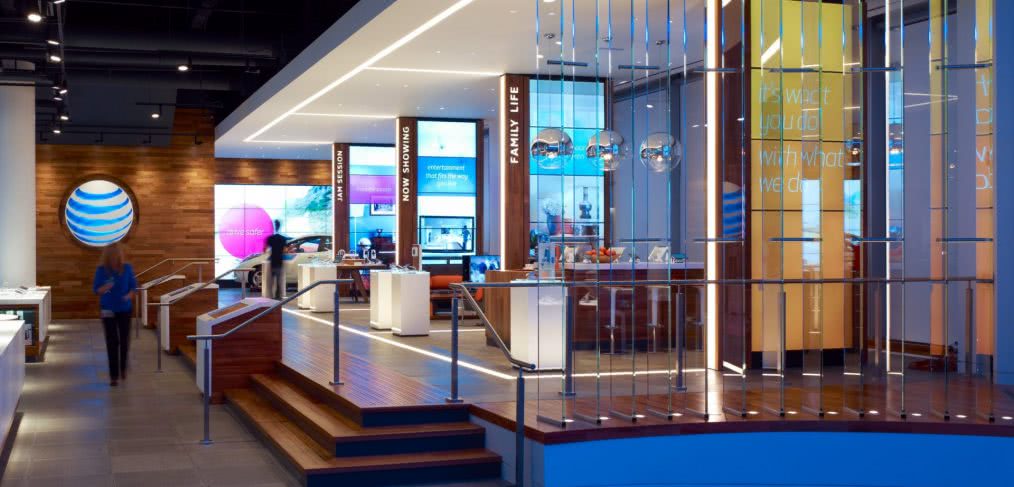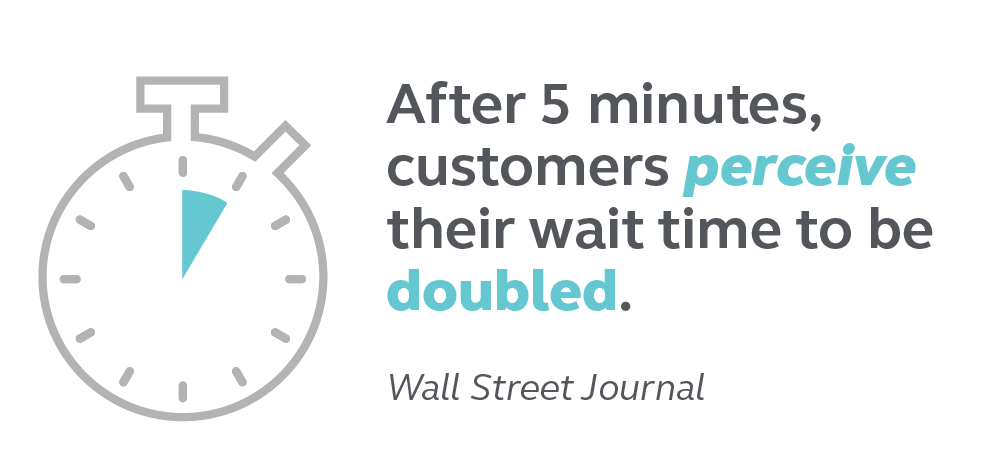
It’s About Time
CallisonRTKL Vice President Joan Insel says time is the new luxury and retailers who don’t keep up with this new way of thinking will get left behind. [Two-minute read]
Time. We can’t make more of it. We’re always trying to save it. How we approach it is constantly shifting. And it’s ultimately what we all want.
People who spend their money on time-saving services report higher life satisfaction than people who spend money on things, so in the end, time is more valuable than money and certainly more valuable than the stuff we accumulate. What does this mean for retailers? And how can brands get their customers to feel that their time in store is worth the cost?
The Value of a Minute
The mobile revolution changed everything about how we shop, travel, work and connect. In fact, the average human attention span has fallen from 12 seconds in 2000, just around the time the mobile revolution began, to 8 seconds today. By contrast, a goldfish is said to have an attention span of about 9 seconds. With our attention spans getting shorter and the amount of information we have to synthesize growing every day, retailers have to rethink how they do things.
 But beware: faster isn’t always better. The best concepts marry speed with staff attentiveness and personalization. At Sephora’s T.I.P. workshops, for example, an expert teaches complex makeup techniques that are hard to master on your own. This is an experience and a level of expertise that can’t be bought online, so the intention is that those who attend the class feel that they’re getting their time’s worth.
But beware: faster isn’t always better. The best concepts marry speed with staff attentiveness and personalization. At Sephora’s T.I.P. workshops, for example, an expert teaches complex makeup techniques that are hard to master on your own. This is an experience and a level of expertise that can’t be bought online, so the intention is that those who attend the class feel that they’re getting their time’s worth.
At the AT&T flagship store on Michigan Avenue, we designed different traffic patterns for customers who have different amounts of time. It’s this attention to detail and respect for customers’ time that keep them coming back, whether they want to spend five minutes to pick up a favorite lipstick or phone charger, or they are willing to take the time to speak to an expert about trying something new.
 Time as Social Currency
Time as Social Currency
Perhaps one of the most unexpected aspects of the shift toward seeing time as money is that what we consider “wasting time” has changed dramatically. Everything from TaskRabbit to Lyft to UberEats allows us to pay other people to do things we don’t want to do. And we’re spending that “found” time in completely different ways than we would have 20 or even 10 years ago.
In a world where you will pay someone to save yourself 10 minutes, people are spending literally hours waiting in line for things like the legendary Cronut or the milkshakes at Black Tap Craft Burgers & Beer. Certainly, not everyone has this amount of leisure time, but there are a significant number of customers who will spend their time just waiting in line in order to cash in on something even more valuable: social currency.
The buzz surrounding these brands and experiences makes people covet them in a way that means more than a simple product purchase. Through Instagram posts, shared experiences with friends and stories to tell later, they’re enhancing their image and becoming “rich” in an entirely new way.
How Retailers Can Capture the “Time Well Spent” Magic
So just how do you get people to stand in an around-the-block line to get into your store? The answer is both simple and complex: do something no one else has done before and have an unbelievably savvy social media team to build buzz. It’s almost an impossible thing to plan for, so retailers should focus on making people feel that their time is well-spent, no matter how long that is.
- Speed up the payment process—implement tried and true queueing strategies to make necessary waiting more delightful.
- Make it personal—offer personalized service and customized products.
- Offer concierge-style services—hyper-knowledgeable staff who know customers’ likes and wants are worth the time spent.
- Adopt quick engagement tactics—as soon as they walk in the door, customers should know that they’re in for something special.
- Let the customer choose how much time they want to spend—whether it’s five minutes or two hours, give people the option of a lightning-speed transaction or lingering when they have the time.
The best rule of thumb is to reduce customers’ effort and time whenever possible. Everything else, every design, product, technology and layout decision, should align to the brand. Time’s up.
